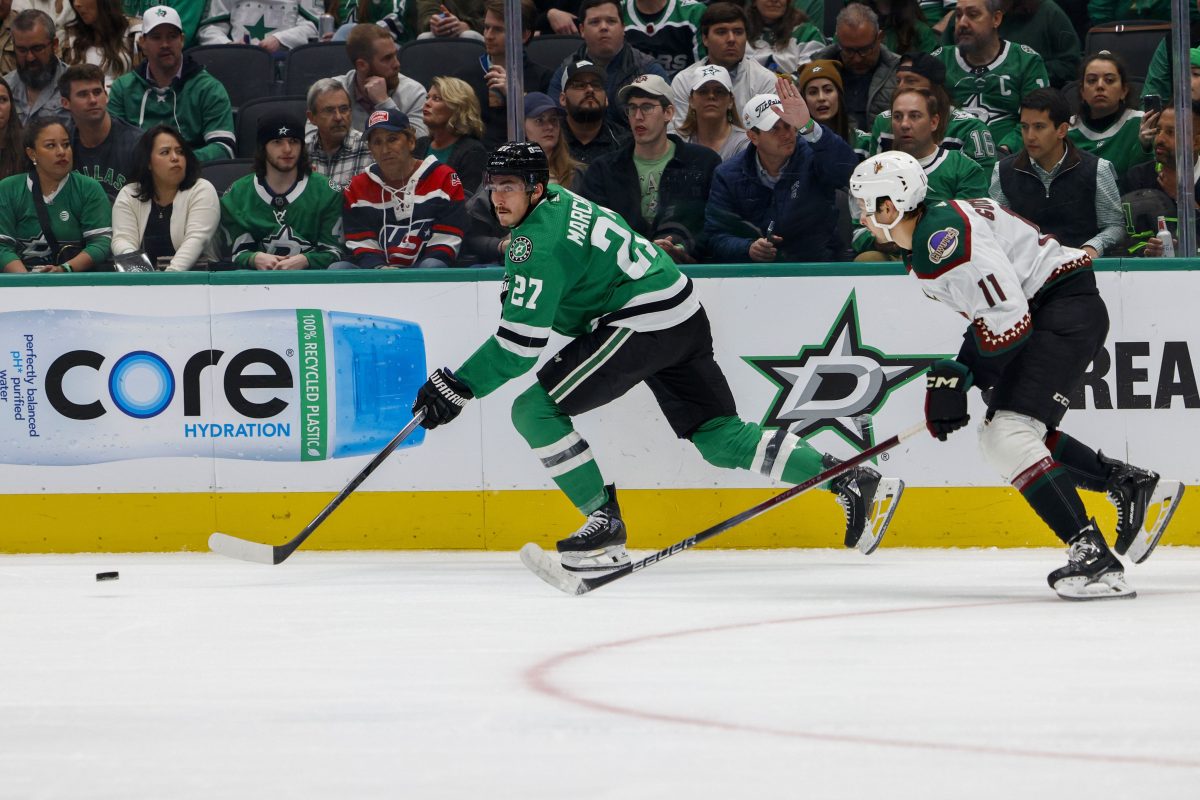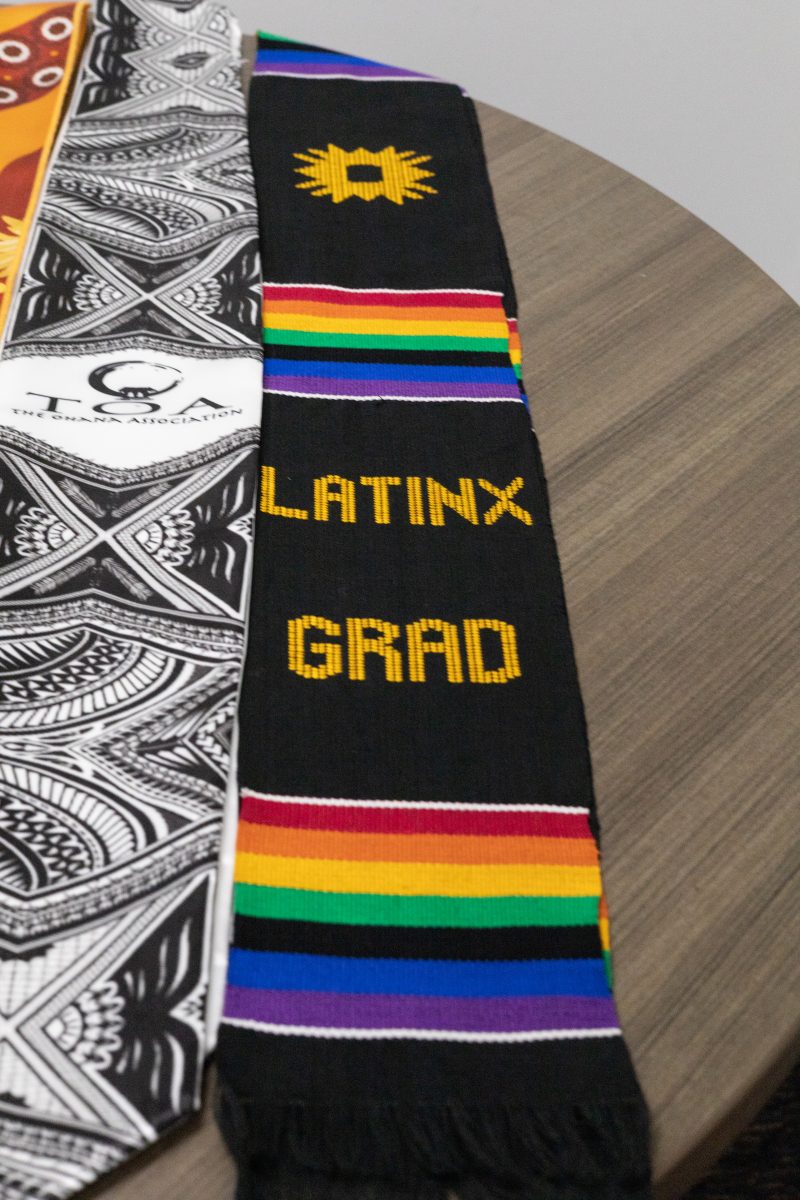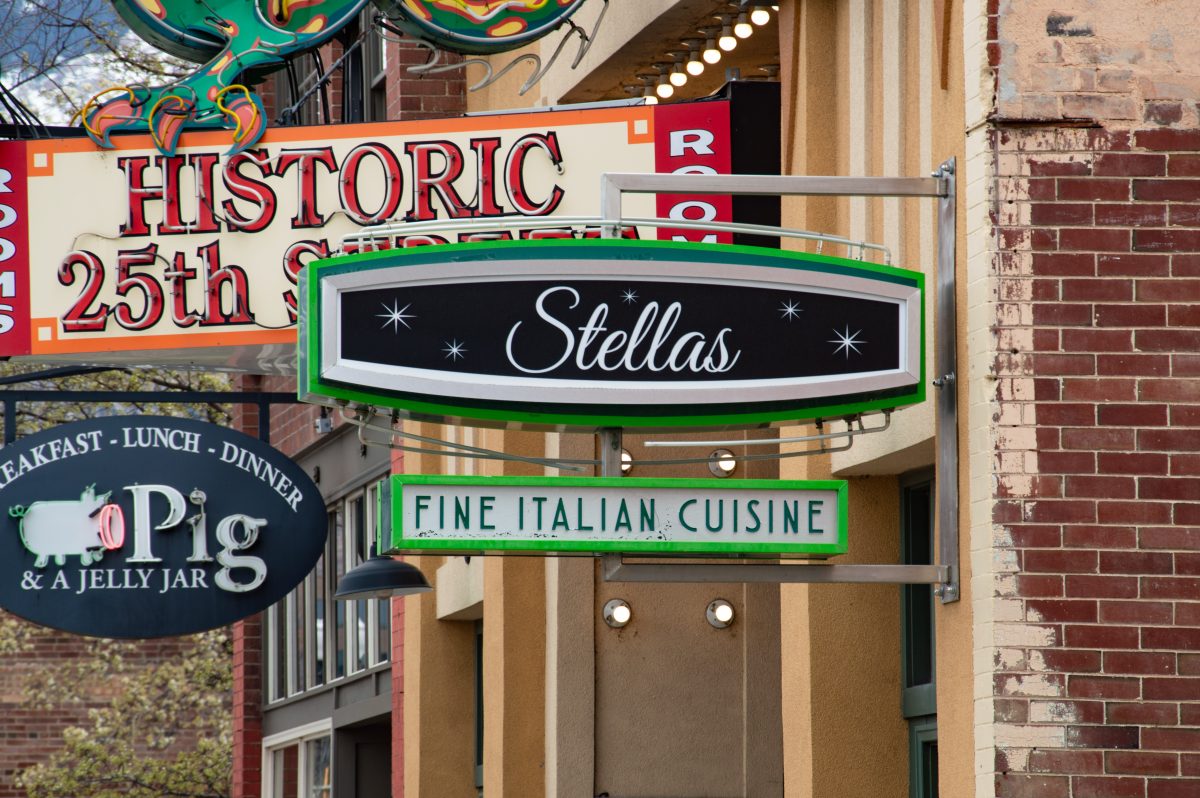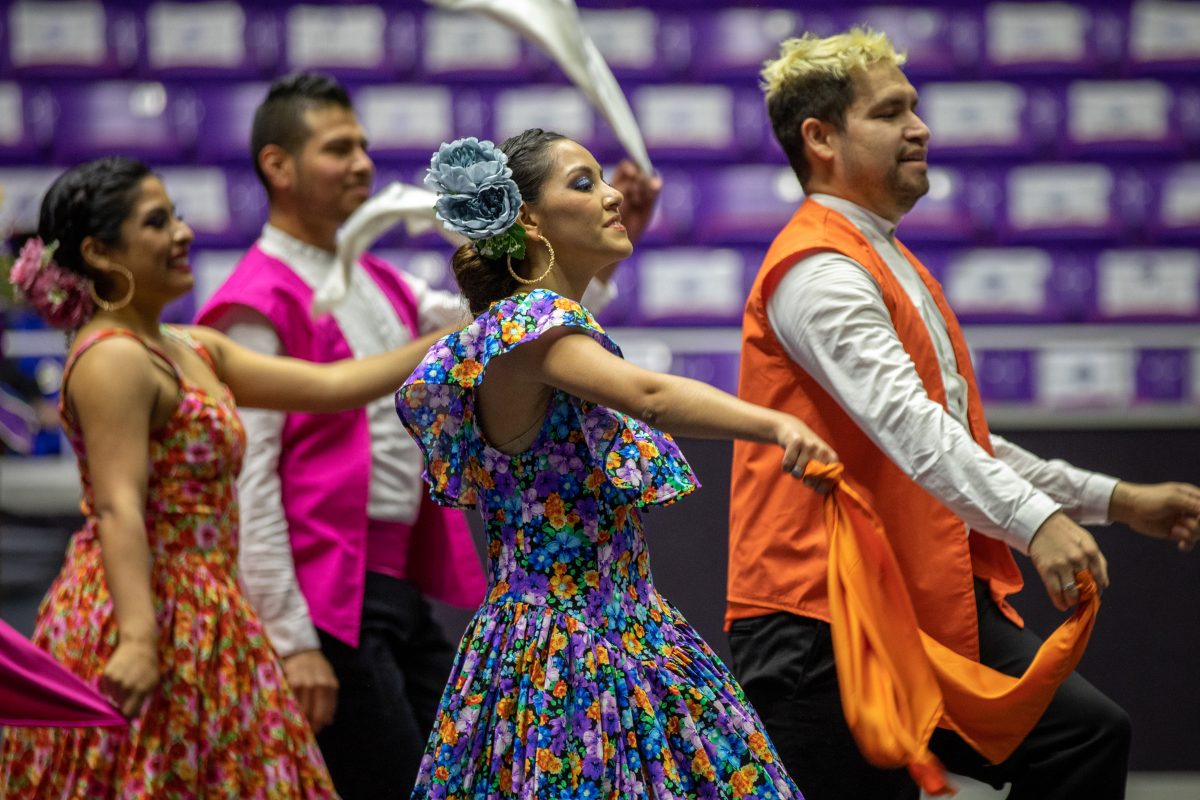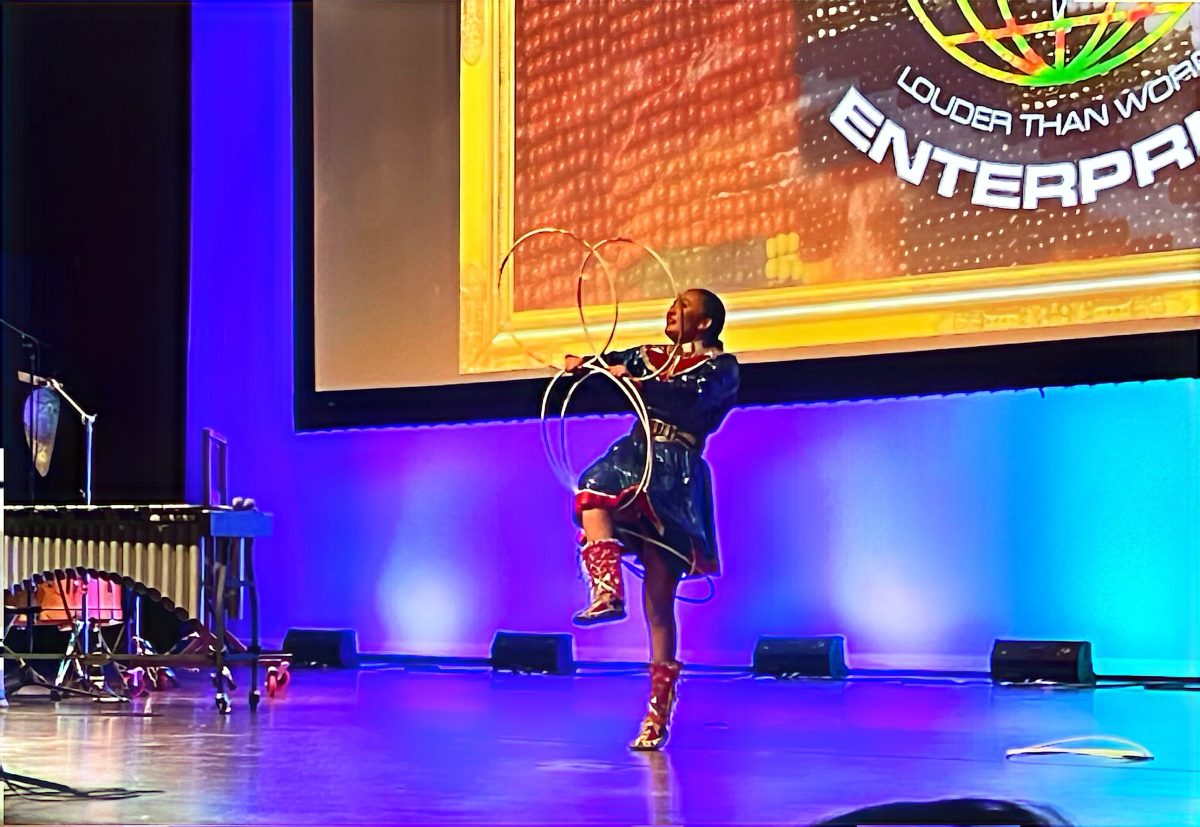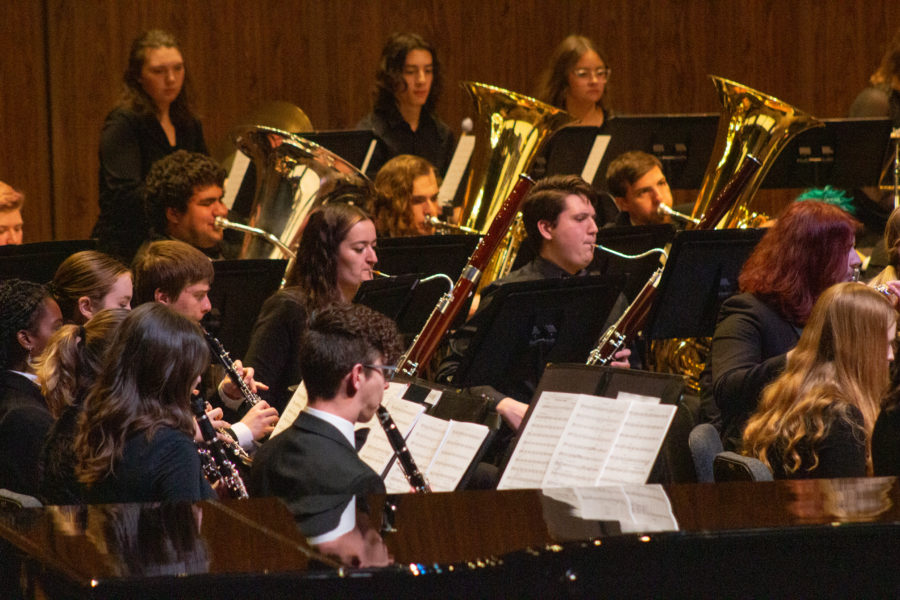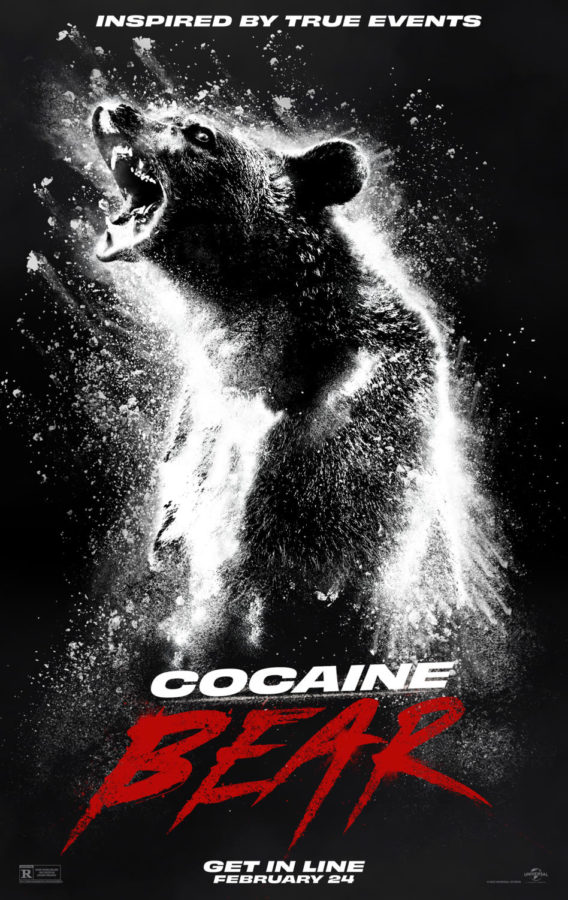BriElle Harker and Robert Lewis are photographers for The Signpost at Weber State University in Ogden, Utah. During summer vacation, they have been practicing their craft and trying different techniques to give readers some ideas for taking their own photographs.
Hi, Robert here. This week, I took some photos of water. I know it sounds boring. But you can be creative and change how the photos look by varying the shutter speed. With a fast shutter speed, you can take a picture that looks turbulent. To make the water look smooth, increase the time of the shutter. For example, take a glance at two photos of the Ogden River off of Canyon Road in Ogden, Utah.
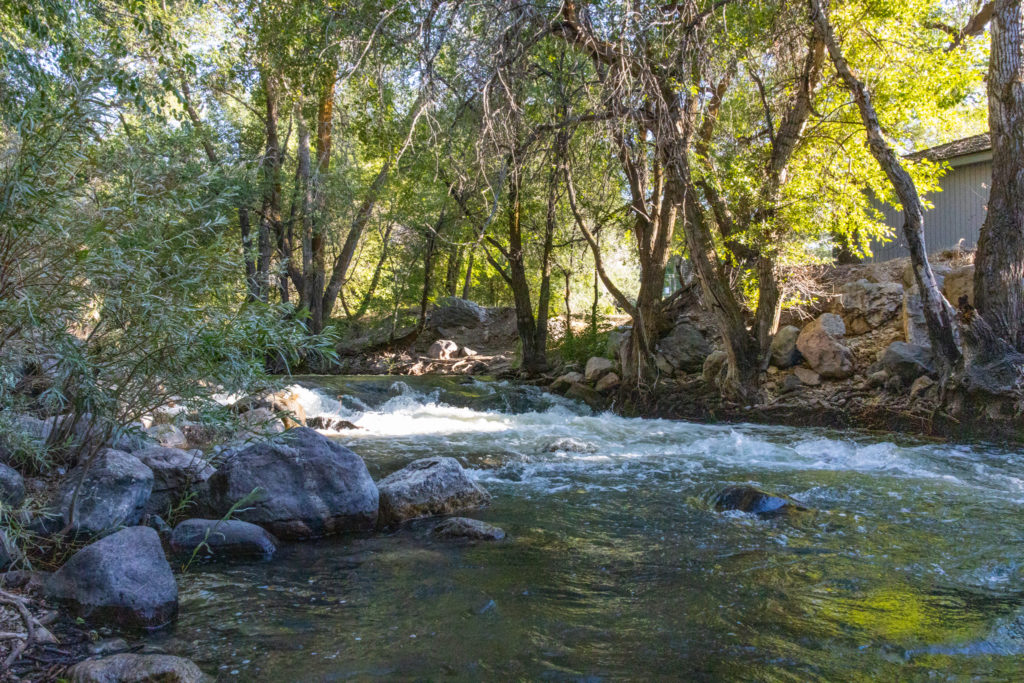
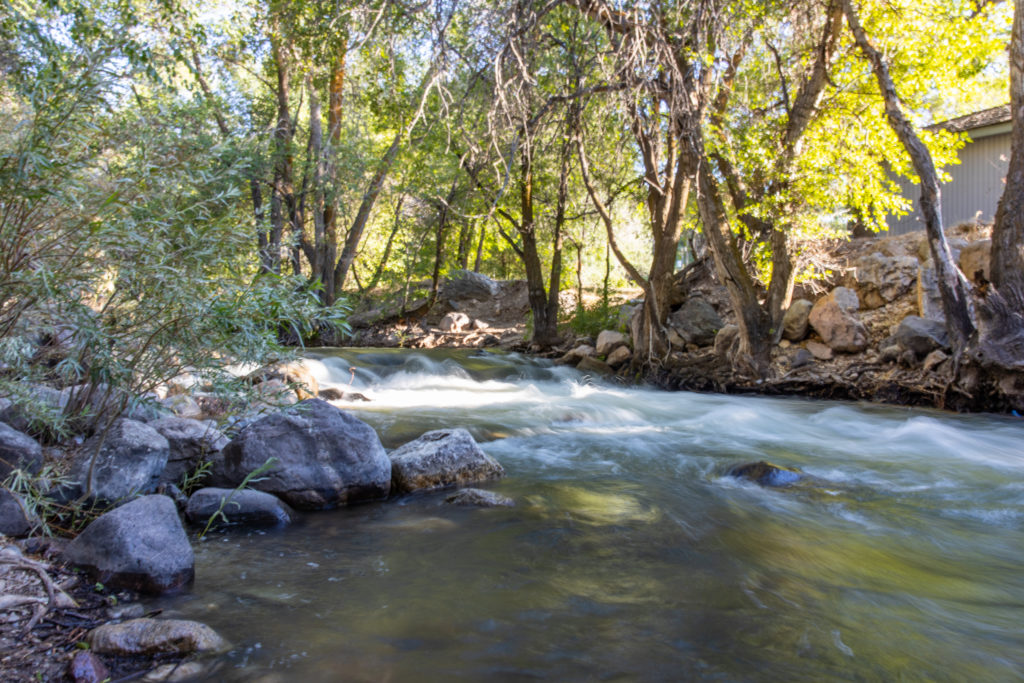
The top photograph was taken at 1/250 of a second and the one below at 0.5 of a second. Both photos were taken on a DSLR in manual mode without a tripod. Keep in mind that your hands have to be steady to prevent the blurring of the photograph as the shutter time is increased. To take these I sat down on a rock, placed my elbows on my knees for support and slowly pressed the shutter button. I have tried shooting free hand with shutter speeds longer than a half second but blurring occurred in my photos.
To prevent blurring, the next photos were taken with the use of a tripod and the internal self-timer on the camera for a two-second delay of the shutter.
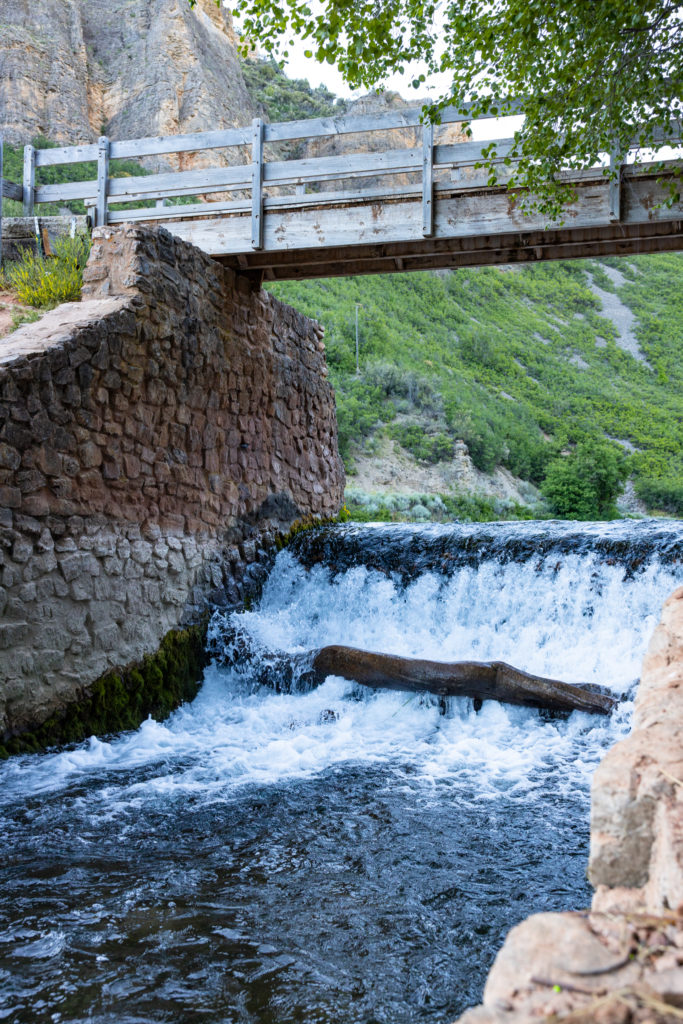
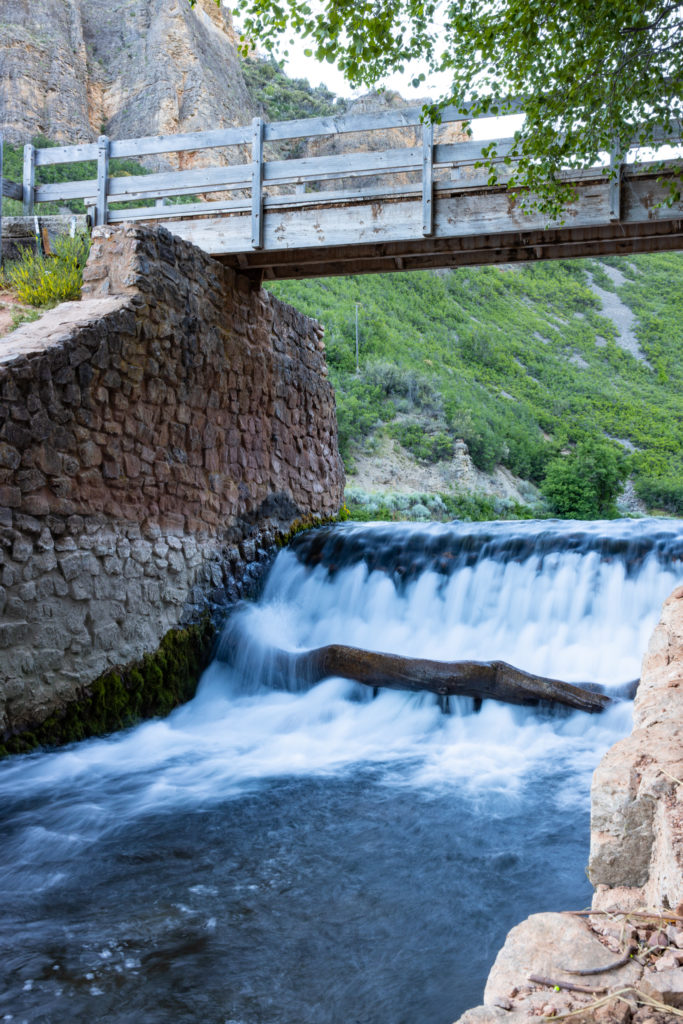
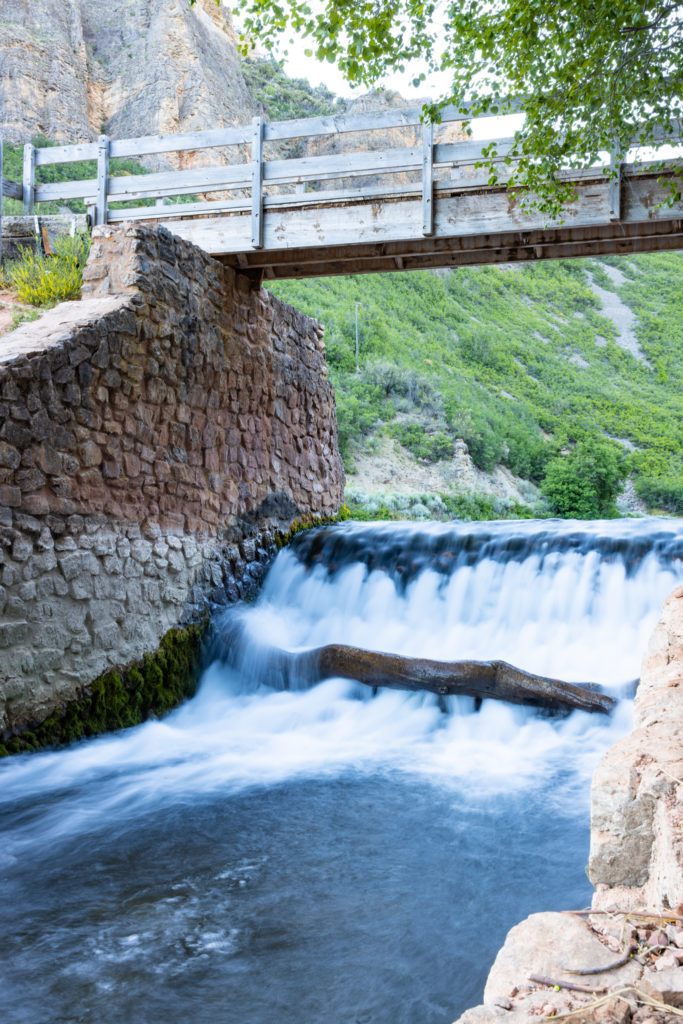
The left photo was taken with 1/250 of a second for the shutter time, the middle photo at 0.5 second and the right photo at one second. I like the way the water cascades over the spillway at the longer shutter speed. In my opinion, using a longer shutter time to photograph moving water provides a more tranquil appearance.
Let’s see what BriElle has been working on this week.
Hello, this is BriElle coming back after a short break. This week, I took photos of steel wool burning. Now this may seem like a weird idea, but it can create a really cool effect.
Igniting steel wool and then spinning it around quickly causes it to shoot bright sparks in all directions. This, mixed with a long shutter speed on the camera, creates a very unusual photo.
This can also be very dangerous. Before trying this, make sure to have adequate distance from people and anything that could catch on fire. Also, always be prepared by having a fire extinguisher or a bucket of water nearby.
For my photos, I went to the beaches of the Great Salt Lake by The Great Saltair. This allowed me to get away from people and anything flammable.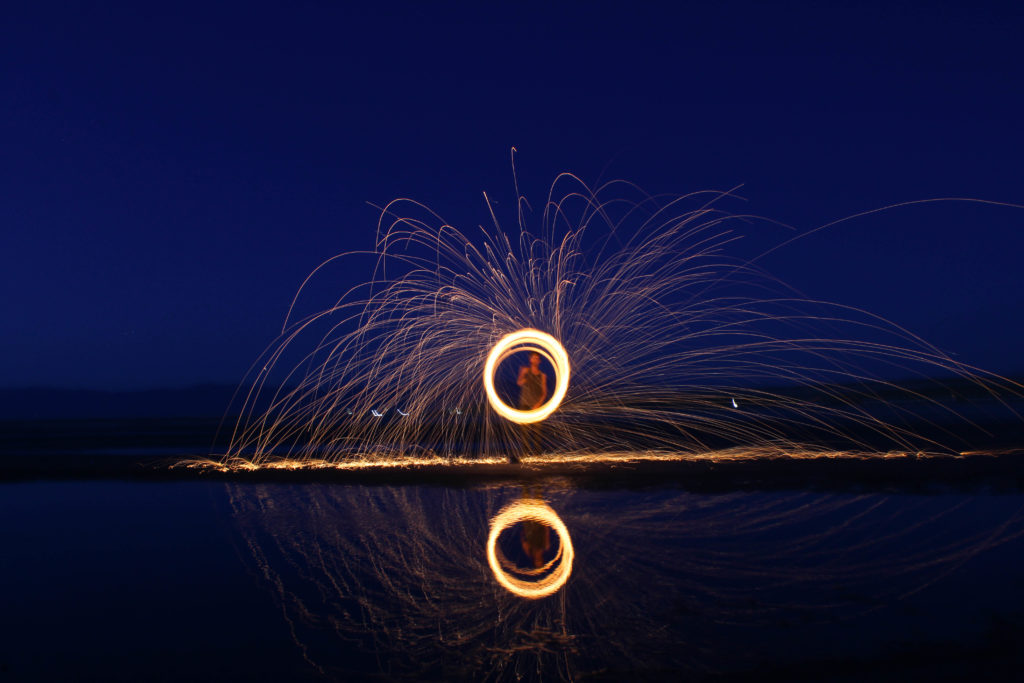
There are some supplies needed in order to achieve these photos. You can find steel wool at an auto parts store or a home improvement store. The finer grade material is better; if it is too thick it will not burn.
The other supplies are a fire extinguisher, whisk or metal container to hold the steel wool, lanyard or string to tie to the whisk and a nine volt battery or lighter to ignite the steel wool.
I had my friend spin the steel wool while I took photos on my Canon Rebel T7. It is best to use a tripod so the camera does not move while taking long exposures. I forgot mine. So, like Robert, I knelt on the ground with my elbows on my knees.
It was still sunset when I was taking my photographs, so I was unable to take super long exposures. The longest exposure I was able to get was 3.2 seconds, which still worked rather well. The longer the exposure, the more sparks and longer the trails will be.
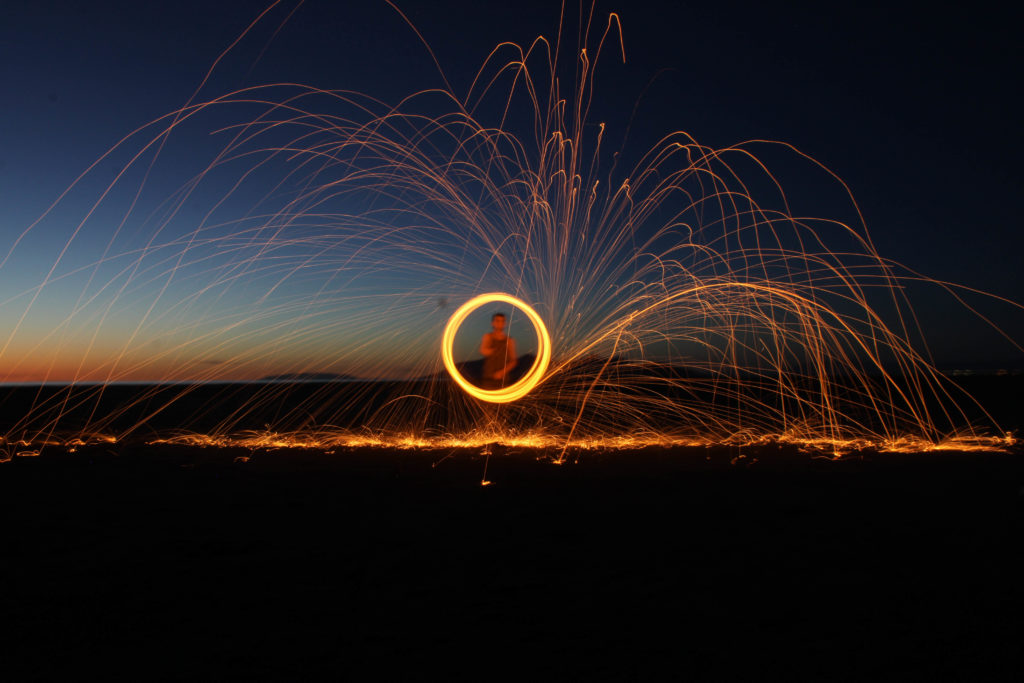
Shutter speed is a very important part of taking photographs. Shooting water and fire are good ways to learn how it works and can create amazing results. We encourage everyone to go out and take photos using different shutter speeds and see what you can create.






